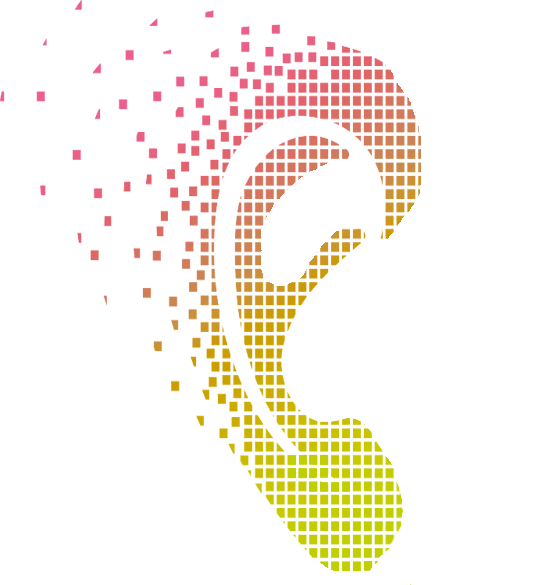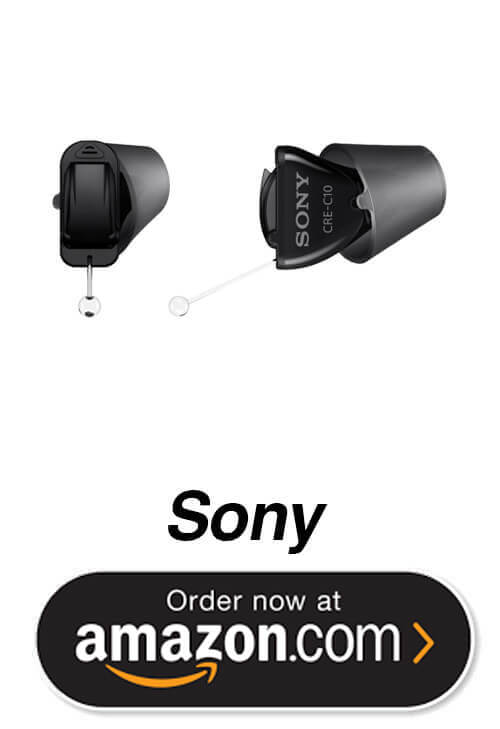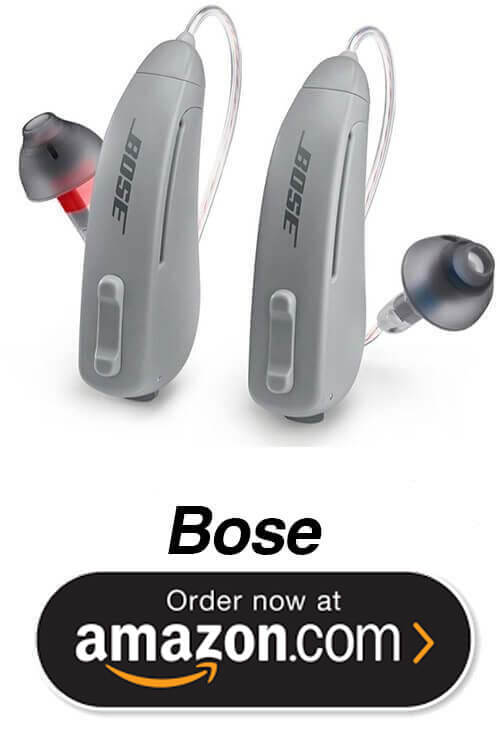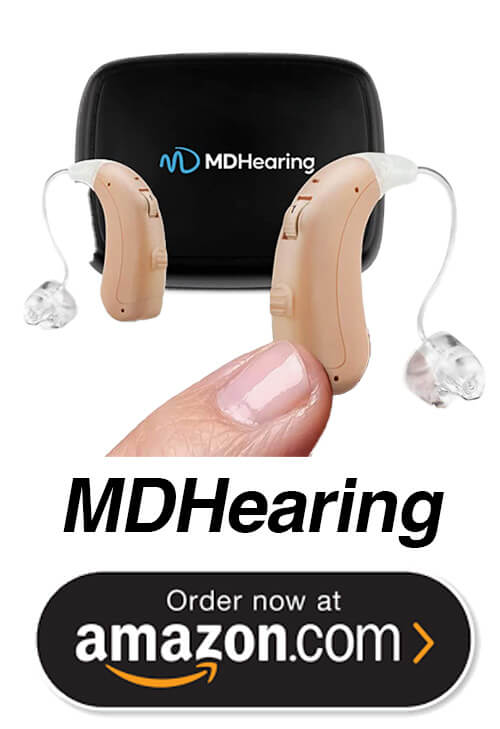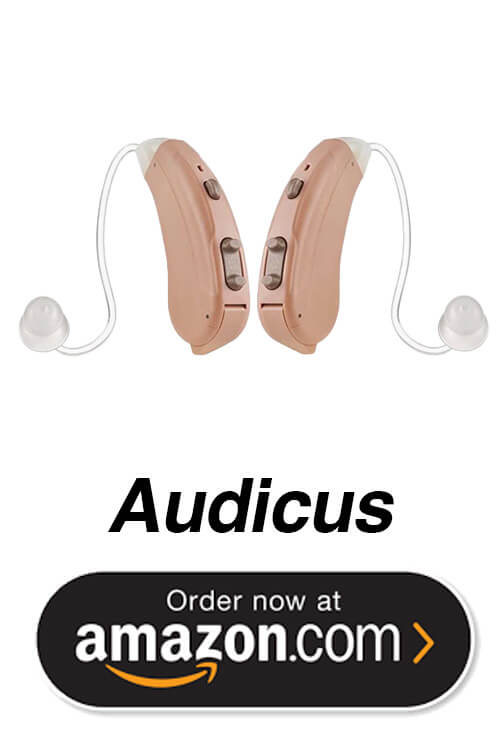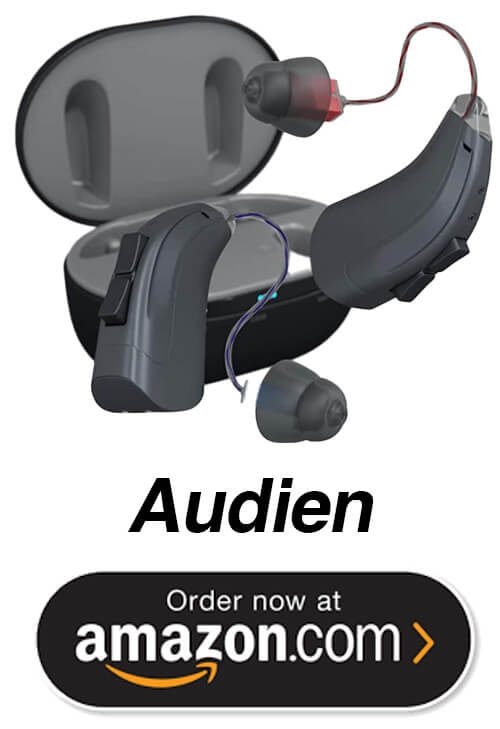Wondering if you might have hearing loss? The free hearing test below is a simple 3 step way to check your hearing easily from home with audiogram results. Do keep in mind that this test can not differentiate hearing loss due to nerve damage vs reversible hearing loss due to a hole in the eardrum, earwax, or middle ear fluid which does require both an examination and formal hearing test. Technically speaking, this online hearing tests perform only an air conduction test. A formal hearing test would also include a bone conduction test.
The easiest way to determine whether you have a reversible conductive hearing loss from home is to perform the Rinne Tuning Fork Test.
If you are a healthcare professional interested in online audiometry, check out our online audiometer to perform testing in your office or elsewhere!
** WARNING! This test does not currently work well with Safari browsers. Please use the Chrome browser instead and make sure javascript is enabled!
Quiet Room Check (Optional): Is Your Room Quiet Enough?
In order for a hearing test to provide reliable results, the testing environment must be quiet! The louder the environment, the greater the tendency for test results to show hearing loss where none should be present. A sound check ensures you are in a quiet enough room to accurately perform the online hearing test. In a home, the most quiet room typically would be inside a closet full of clothes. During this test, try not to make any noises for the duration of the test (about 8 seconds) when the average dB stabilizes.
Click here to perform a sound meter check!
If the testing environment showed either an excellent or good score, proceed to step 1. Otherwise, try to find a quieter room and repeat this step. One can still proceed with the hearing test even if the results show a poor score, but understand that the hearing test results may not be accurate.
STEP 1: Calibrate Your Sound System
This calibration step is essential in order to obtain accurate and normalized hearing test results given testing is being done using non-standardized equipment (there are slight differences between headphones, computers, and sound environments). Using headphones (ideally a noise-cancelling headphone) in a QUIET room, listen to the calibration audio file.
Watch video of how to perform a headphone calibration using a sound meter.
Now, using a sound meter, make sure it reads 65±3 dB by adjusting the volume up/down on the headphone or keyboard itself. For most devices, this typically will be around 75% of the maximum volume setting.
Once matched, do NOT adjust the volume once testing begins in step 2. If the environment or equipment changes, calibration must be repeated.
STEP 2: Slider Hearing Test
First, the right ear will be tested beginning with the first slider (which is the lowest frequency 250Hz). Slowly raise the slider ball towards the very top. STOP the moment you hear a pulsing sound (pure tone that repeatedly pulses in 1 sec on / off intervals) and either press the red stop button, or toggle the on/off switch at the base of each slider bar, or simply move a different slider which will automatically turn off the current slider's sound.
Next, continue this process for all slider frequencies. Then repeat this test on the opposite side ear by toggling the RIGHT or LEFT buttons.
Finally, click results to see your hearing test outcome plotted on a standard audiogram chart.
RED "O" for the right ear and BLUE "X" for left.

STEP 3: Hearing Test Results
Your hearing test results should appear on the audiogram below. If you have excellent hearing, all the symbols should be on the top of the graph in the zero range, though anything between 0 to 20 is considered normal hearing (white). The lower the results appear on the chart, the worse the hearing. Green region is mild hearing loss (20-40dB), blue is moderate hearing loss (40-60dB), yellow is severe hearing loss (60-80dB), and orange/red is profound hearing loss (80+ dB). Frequencies are plotted horizontally with low frequencies (250 Hz) on the left side and high frequencies (8K Hz) on the right. The blue "X" is your left ear hearing and the red "O" is your right ear hearing.
Hearing loss between 20-60 dbHL (mild to moderate hearing loss) over 3 or more different frequencies benefit the most from hearing aids, with a few models now available over-the-counter to purchase even on Amazon. Still confused? Here's more information on how to read an audiogram.
Average hearing results by age and gender can be found here in case you want to compare your results to your peers. Wondering what percent hearing loss you have overall? Use the hearing loss calculator to determine your overall hearing loss score based on standardized equations.
We also offer 2 other types of hearing tests... one is a hearing test based on speech with and without background noise (SRT and WIN). The other is a basic hearing test, but utilizing a warble tone which sometimes give different results. Also, with your current hearing test results, age, and gender, there is now a way to even predict what your hearing loss may be like at some point in the future.
Top rated over-the-counter hearing aids on Amazon:
More ear related care products can be found in our online store! Such products include treatment for tinnitus, swimmer's ear, itchy ears, etc.
Step 4: When Should I See a Doctor?
Great question!
Unfortunately, the answer is it depends. For more information regarding the answer on when you should make an appointment to see a doctor...
Other Services
DISCLAIMER: An online hearing test runs in a completely uncontrolled environment (even with calibration) and will never replace the calibrated test performed in a sound proof booth with a professional audiologist.
Need help? Contact Support
Any information provided on this website should not be considered medical advice or a substitute for a consultation with a physician. If you have a medical problem, contact your local physician for diagnosis and treatment. Advertisements present are clearly labelled and in no way support the website or influence the contents. Please note that as an Amazon Associate, we may earn small commissions from qualifying purchases from Amazon.com.
